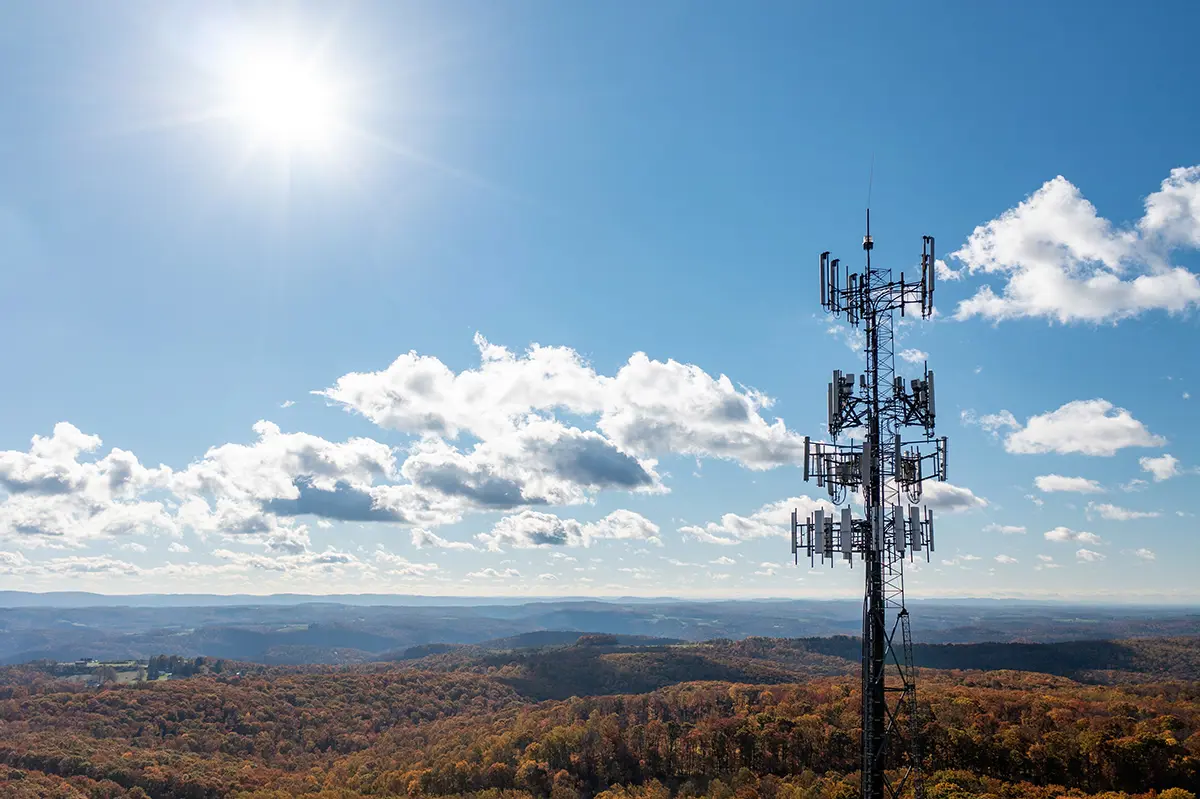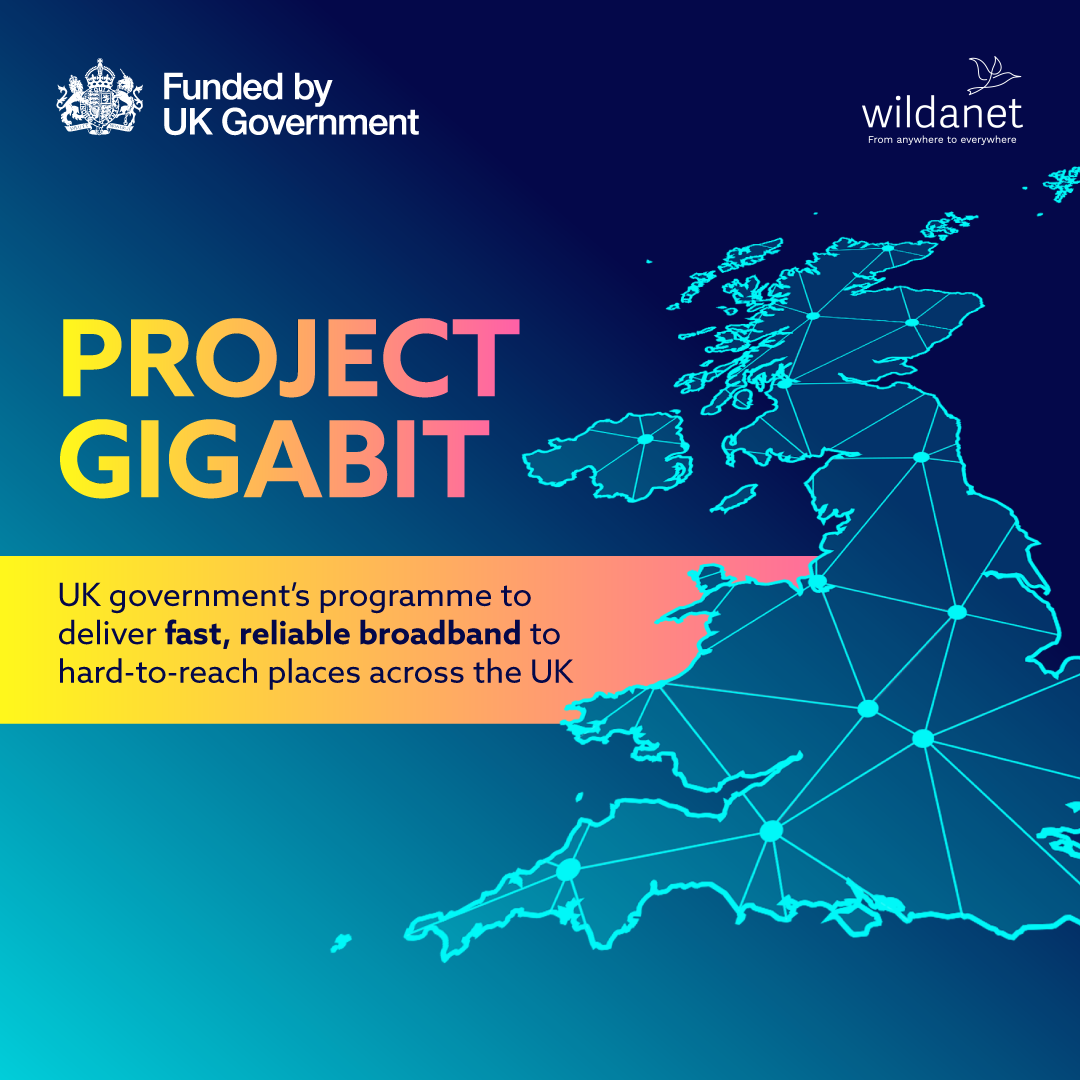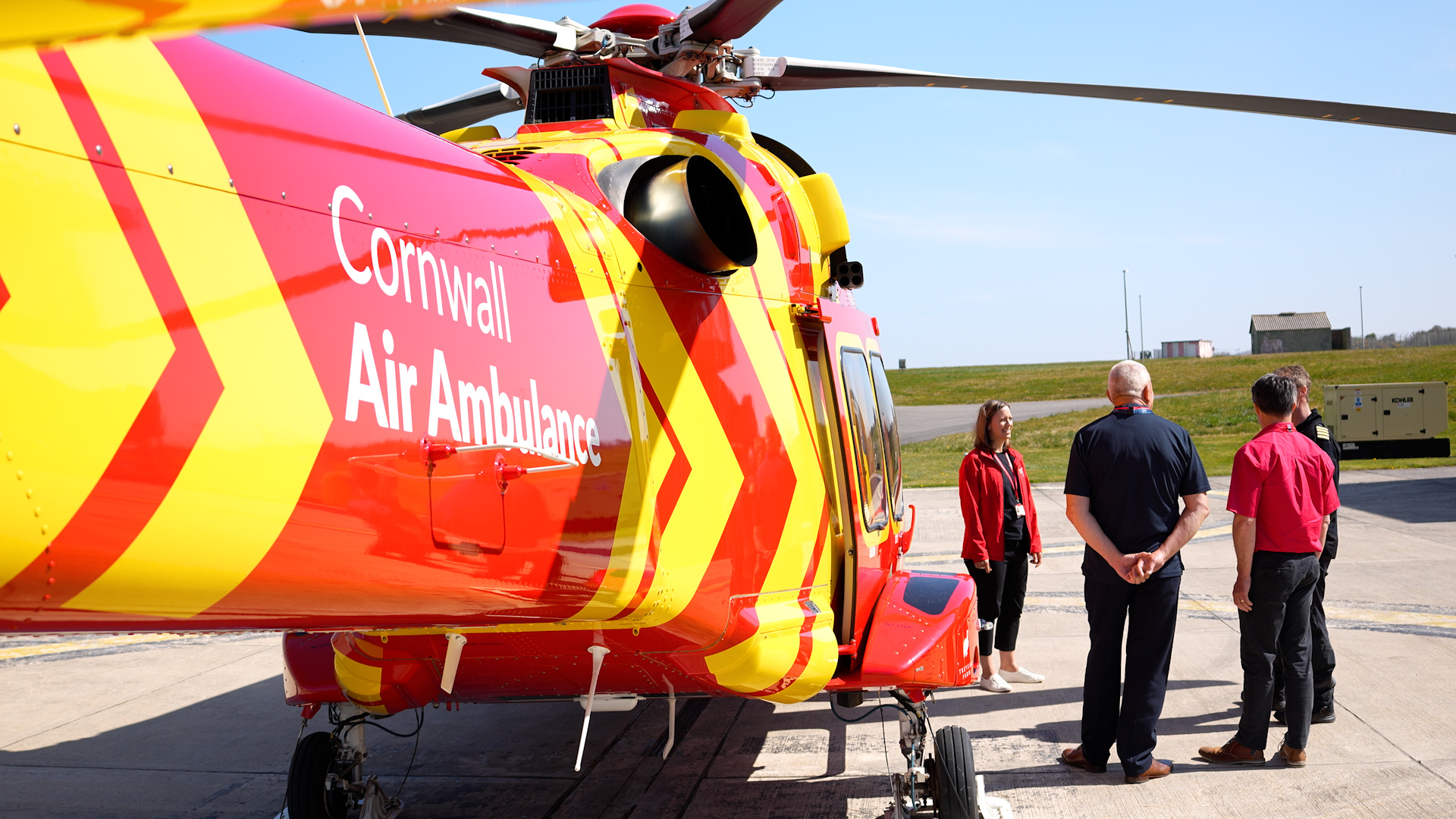With the growing demand for faster broadband speeds, Internet Service Providers (ISPs) are moving away from using the old copper wire phone line network to get internet into homes across the UK.

What is Wireless Broadband?
Wireless broadband, or FWA (Fixed Wireless Access), works just like 4G or a mobile phone signal. It receives the internet signal via radio waves from a transmitter via a small receiver attached to your property. This results in you having access to superfast, reliable internet quickly and easily. Essentially, it’s like being connected to a very big Wi-Fi hotspot.
FWA has recently grown in popularity in countries such as Australia and the USA in recent years. This is thanks to its cost-effective way of delivering a fast and reliable broadband signal across large distances.
How does FWA work?
Traditional internet to the home works by receiving the internet through the cables that connect your home to the cable-based infrastructure, either Fibre or Copper. Many people are on a fibre broadband deal which can be either FTTC (Fibre-to-the-cabinet) or FTTP (Fibre-to-the-premises).
FTTC extends the use of copper telephone cables for the internet. FTTP instead uses fibre optic cables made from plastic or glass to transfer data more quickly than traditional types of UK broadband technology, such as ADSL. FTTC still relies on the traditional copper wires carrying the data over a short distance to your home. This comes from the nearest cabinet on your street and can impact the speeds you can get.
If you’d like to learn more, check out our guide on the differences between FTTP and FTTC.
Currently, your home needs an FTTP or full-fibre connection in order to access the much faster speeds and reliable connection fibre is capable of. However, the required infrastructure to bring FTTP into homes is not yet available to every home in the UK. Currently, only around 31% of areas here can currently access an ultra-fast FTTP connection.
The benefits of FWA
Our high-tech wireless broadband service comes with a whole host of benefits:
- Using the latest technology, we are able to provide superfast broadband direct to your home without the need for expensive cables.
- It’s quick and easy to install – an engineer will attach a small receiver to your home that receives the internet signal from one of our transmitters and you are ready to enjoy superfast wireless internet throughout your home.
- Our wireless broadband package doesn’t require a landline, meaning you only pay for what you actually need. Our services do offer the option of adding an internet-based phone known as VOIP (Voice Over Internet Protocol).
- Speed guarantee: get guaranteed superfast speeds 24/7 with our wireless internet – gone are the days of broadband overload at peak times.
- No need to wait for full-fibre to reach your area to enjoy superfast speeds – the ideal choice for rural locations that don’t have access to the standard cable network enjoyed by those living in towns and cities.
Does wireless broadband have any negatives?
Generally, wireless broadband does not have any negatives. It provides a quick and easy solution to homes and businesses to get them superfast internet. In locations where there is no Full Fibre broadband, wireless broadband is a superfast alternative.
To provide you completely wireless superfast broadband speeds, we need to see your property (line of sight) from one of our transmitters. There can’t be anything in the way to block the signal.
Wireless broadband installation process
The Wildanet wireless broadband installation process couldn’t be simpler:
- Use our postcode checker tool to find out whether you’re eligible
- Choose your wireless broadband package depending on what speed you require
- A Wildanet engineer comes round to install your wireless broadband receiver in a matter of hours
- You are ready to enjoy superfast uninterrupted wireless internet



